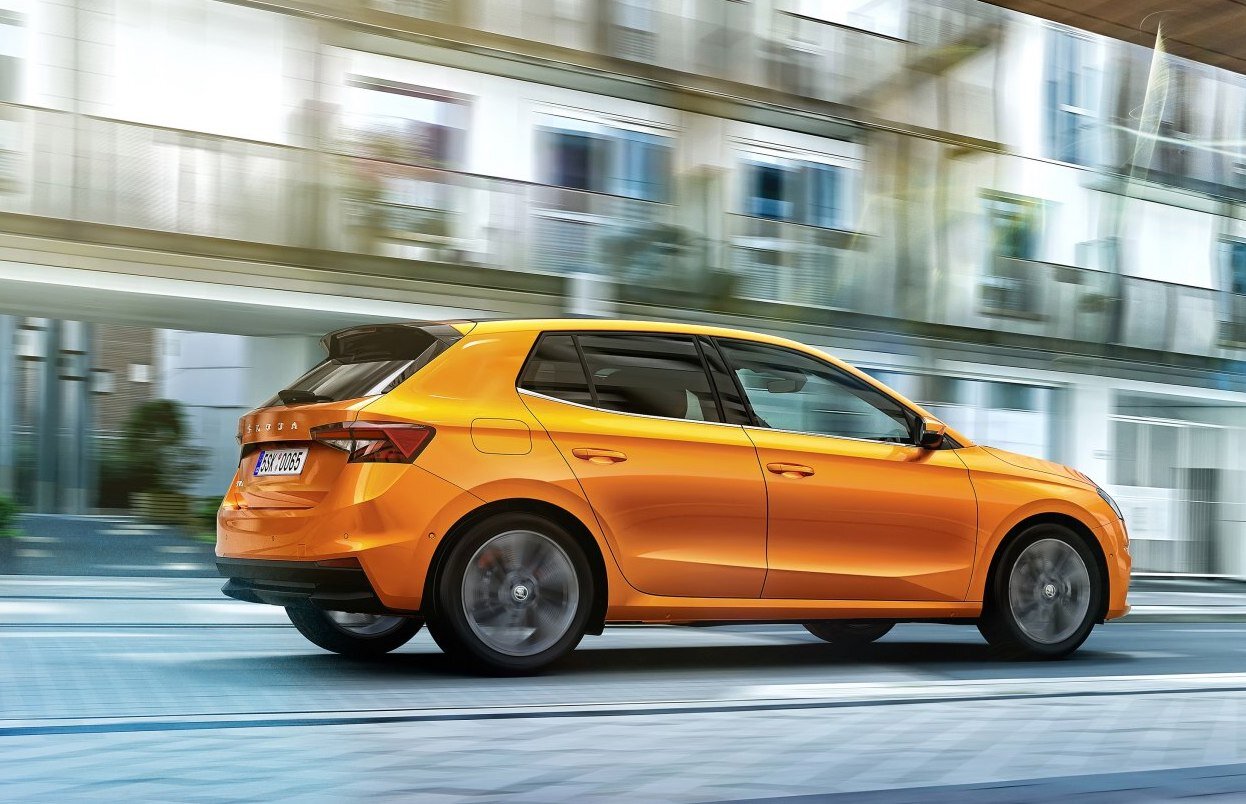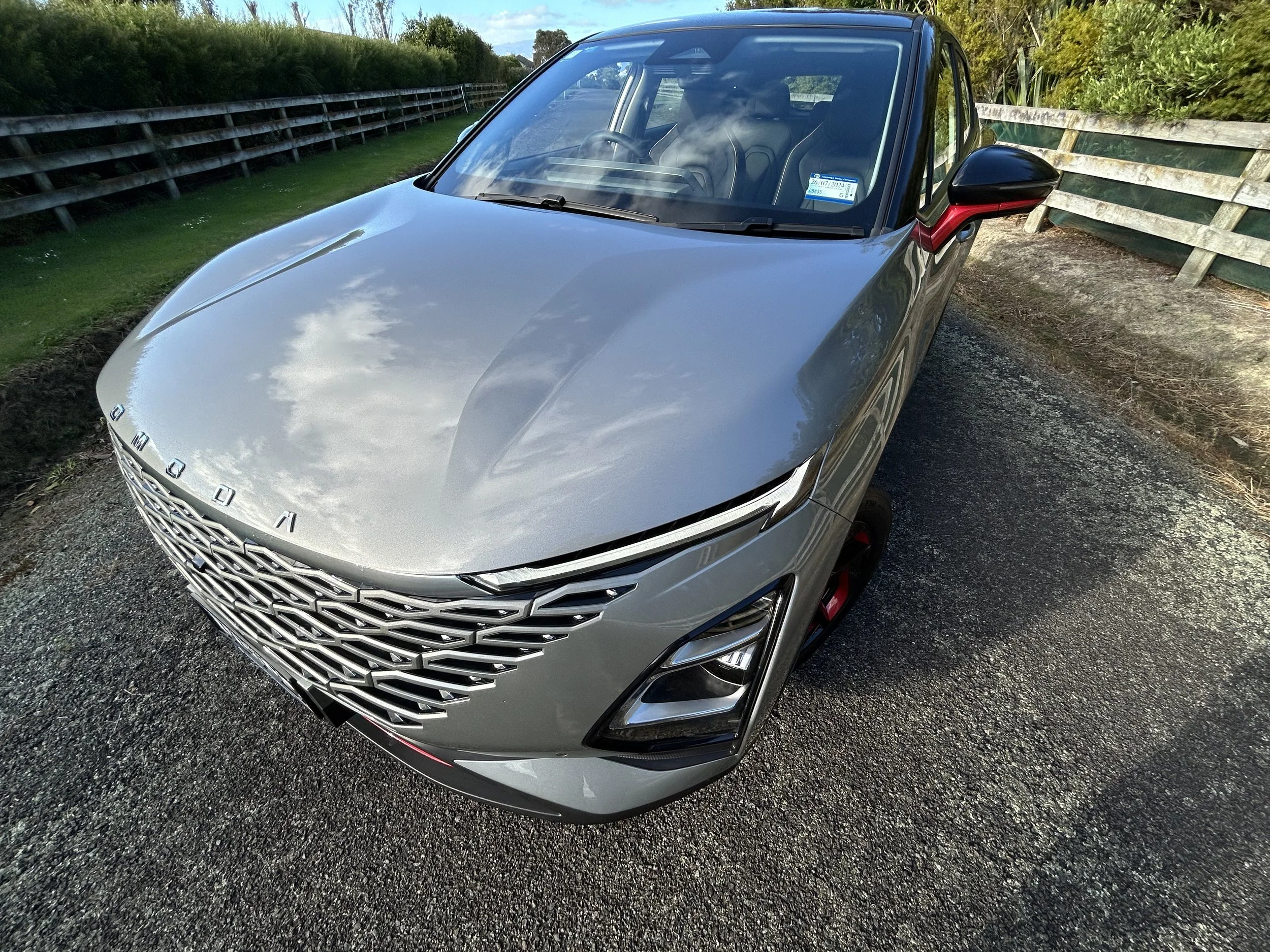New Fabia set for 2022 release
/Unveiled overnight, the fourth generation of Skoda’s smallest hatch has already been signed off for NZ introduction.
NEW platform, new kit, new look – and, perhaps, a fresh new start?
Skoda New Zealand intends a second-quarter of 2022 release for the next-generation of the Fabia, the Czech marque’s baby hatchback whose latest look and technical detail has just been unveiled internationally.
Even though Skoda here does best with its sports utilities, local brand general manager Rodney Gillard says Fabia still deserves support.
“We don’t see a need to put all our eggs in one basket and this is still an important category, so we still see definite need to support this car. We’re aiming for Q2 release though, of course, given all that’s happening in the world that cannot be an absolute timeframe.”
All the information that has come out from Skoda HQ pertains to the hatch. There’s going to be a replacement for the Fabia wagon as well, but that won’t be ready for at least another year, so the plan is to continue with the current version in the meantime.
NZ receives the latter in 81kW/200Nm 1.0-litre $28,990 Ambition form alongside the hatch in $24,990 81kW/155Nm 1.6-litre Ambition and 1.0-litre 81kW/200Nm $29,990 Monte Carlo formats.
Whether those trims carry through is unclear, but what is apparent is that Fabia in new form is utterly reborn.
A shift to the MQB-A0 platform that also underpins Skoda’s smallest crossover, the Scala, as well as the latest Volkswagen Polo unsurprisingly means this model has grown in dimension.
It stretches beyond four metres in length for the first time, to be 111mm longer than the model currently offered to Kiwis. The next-gen hatch is also 48mm wider and has a wheelbase that is 94mm longer at 2564mm. For context, that is now a longer wheelbase than the first-generation Skoda Octavia had when it debuted in 1996.
One of the benefits of this growth is that it now has one of the largest boot capacities in the segment. The cited 380 litres’ capacity is an increase of 50 litres over the current edition and matches the volume of the current VW Golf. When the rear seats are folded down, the cargo volume grows to 1190 litres.
New Fabia also promises a stronger street presence. The design language is also far more modern; the new signature front grille design, a strong C-pillar and distinctive LED rear lights are particular elements and, in keeping with the trend on its other latest models, the model name out across the rear.
The cabin also achieves latest VW Group technologies, including the free-standing central touchscreen display that appears to be much the same as that already delivered into the Golf. The standard item is a 6.5-inch unit, with upgrades to the 8.0-inch and a range-topping 9.2-inch infotainment system. Wireless smartphone links with Android Auto and Apple CarPlay are enabled and can configure with a wireless charging pad.
The entry model has an analogue instrument cluster but higher-grade editions rade that for a 10.25-inch digital display. Skoda will also offer up to five USB-C sockets, including one on the rear-view mirror for connecting a dashcam.
The new vehicle architecture also opens the door to driver assistance systems not found on the current car. VW’s Travel Assist, which can help control the car when moving in heavy traffic, and adaptive cruise control now reach this car. Blind Spot Detect, tailored to sense vehicles moving up to 70 metres away in the car's blind spot, and a Park Assist function that can find suitable parking sports at up to 40kmh and then steer the vehicle into a space hands-free is also provisioned. Likewise Traffic Sign Recognition, Front Assist with Predictive Pedestrian and Cyclist Protection is also available.
Conventional petrol powertrains are the focus; for Europe, there’s a 1.0-litre which provisions in 48kW and 60kW formats, when mated to a five-speed manual, and a 70kW edition, running with a six-speed manual or a seven-speed direct shift gearbox, all offering 5.1 litres per 100km economy. The last has the most torque, a claimed 175Nm, and best CO2 emissions, of 113-128g/km.
Topping the range is a 1.5-litre TSI EVO engine with 112kW and 250Nm. Available only with a seven-speed dual-clutch automatic transmission, it is the fastest Fabia with a 0-100kmh time of 7.9 seconds – so blitzing the Monte Carlo we see, which does that in 10.1s - though it is still capable of 5.6 litres/100km officially.
Skoda says some of the efficiency arrives from aero touches. For instance, active shutters behind the front bumper close when cooling for the engine is not required. With these shut, the aerodynamic drag of the car reduces, thus improving fuel consumption by up to 0.2 litres per 100km.
Plenty of passive aerodynamic features also help. Air curtains direct some of the air around the front wheels and down the flanks, two of the wheel designs available include plastic trim pieces that make them more aerodynamic, it has panels underneath the body to lend a smoother surface. A larger rear spoiler and even the shape of the door mirrors contributes to the car moving more cleanly through the air, too.
The new style has demanded new colours, including two metallic paint colours named Phoenix Orange (pictured) and Graphite Grey. Buyers can also specify two-tone colours schemes. Wheels will start with either 14- or 15-inch steel rims depending on specification, with alloy wheels available between 15- and 18 inches in diameter.





















